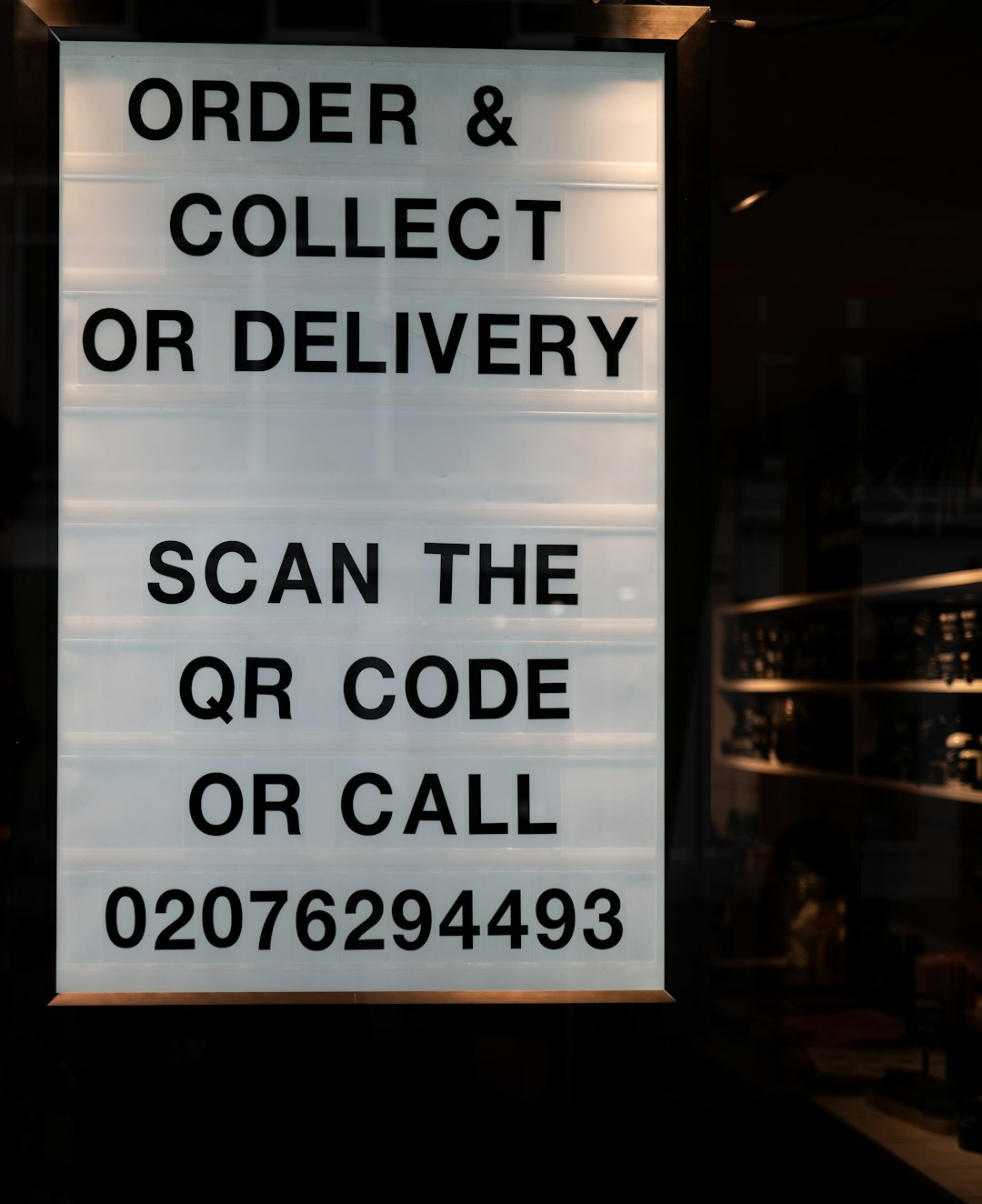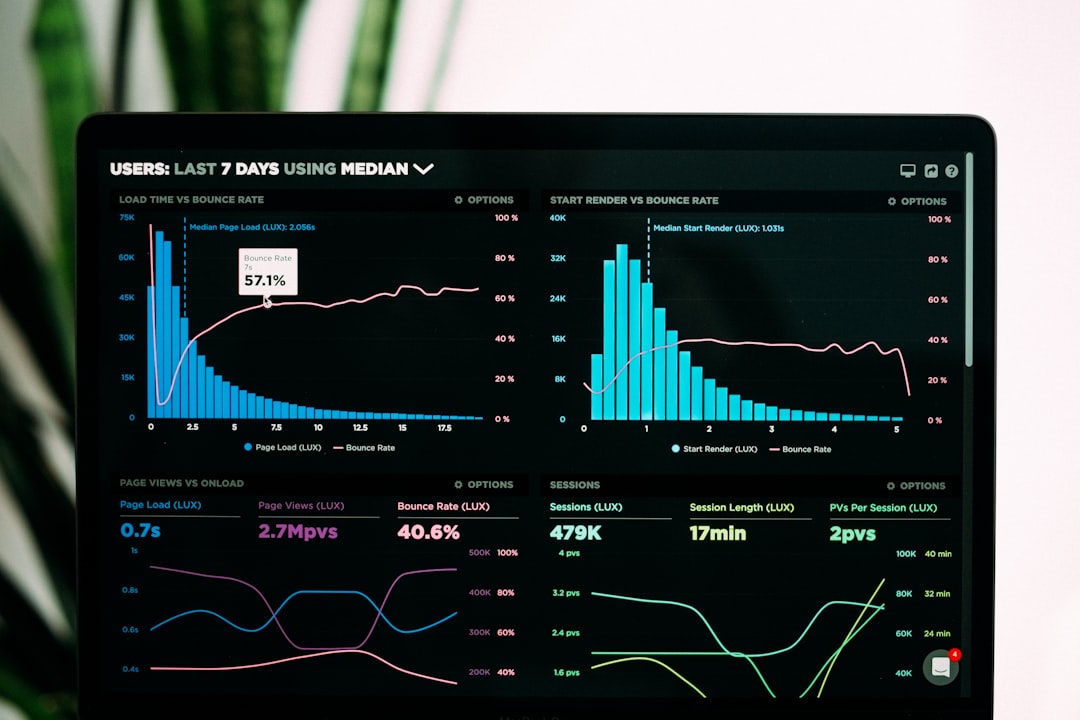QR codes have become an essential part of our digital world. From scanning restaurant menus to making secure financial transactions, these small square patterns hold vast amounts of data in a compact form. But an interesting question arises: Can there be unlimited QR codes? Let’s explore the answer by breaking down how QR codes work and the limits they may have.
Understanding How QR Codes Work
QR codes, or Quick Response codes, are two-dimensional barcodes that can store information such as URLs, text, and other data. They work using a combination of black and white squares arranged in a grid pattern, which is then scanned by a device like a smartphone to retrieve the encoded information.
Each QR code is unique based on the data it contains. The more data a QR code holds, the more complex its pattern becomes. There are different versions of QR codes, with the smallest version (Version 1) containing 21×21 modules and the largest version (Version 40) containing 177×177 modules.

Are the Number of QR Codes Limited?
Technically, the number of possible QR codes is not unlimited. However, the number of unique QR codes that can be generated is incredibly large. This is because QR codes store data using binary encoding, which means an enormous number of unique patterns can be created.
Factors That Affect the Number of QR Codes
- Version and Size: QR codes range from Version 1 to Version 40, with each version increasing in complexity.
- Encoding Mode: QR codes can store numeric values, alphanumeric characters, byte data, and kanji symbols, affecting the number of variations.
- Error Correction Level: QR codes have built-in error correction, ensuring they remain readable even if partially damaged. This affects their structure and the total possible combinations.
How Many QR Codes Can Be Generated?
The number of unique QR codes that can be generated is staggering. For example, a Version 40 QR code using binary encoding can hold up to 23,648 bits of data. Since each bit has two possible states (0 or 1), the number of possible QR codes would be 223648. This results in an astronomical number far beyond the total number of atoms in the observable universe.

Will We Ever Run Out of QR Codes?
It is essentially impossible to “run out” of QR codes in any practical sense. There are simply too many variations available. However, if strict rules were applied—such as reserving specific formats for particular uses—some restrictions could be encountered.
Possible Limitations in Usage
- Collisions: Theoretically, if two QR codes with identical format and content were generated, they would be the same.
- Scalability: As QR codes increase in size to accommodate larger data, scanning them might become more challenging for certain devices.
- Human-Practical Limits: While the theoretical number of QR codes is enormous, limitations in storage, readability, and reasonable usage could restrict their widespread application.
Conclusion
While the number of possible QR codes is not truly infinite, it is so vast that running out of unique QR codes is not a real concern. Thanks to variations in size, encoding, and data storage methods, we have more than enough QR codes available for any conceivable purpose.
In short, QR codes are an evolving technology with virtually limitless applications. Whether for digital payments, product tracking, or instant access to information, these remarkable patterns will continue to play a crucial role in the modern world.




Leave a Reply